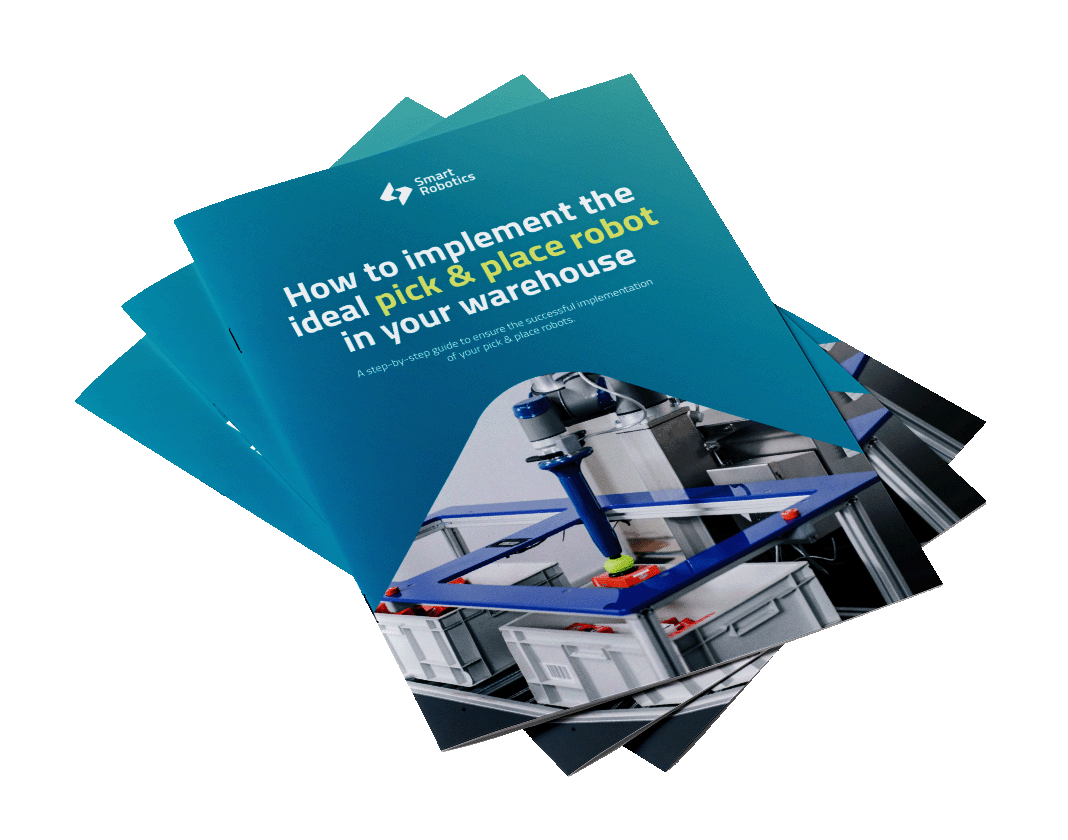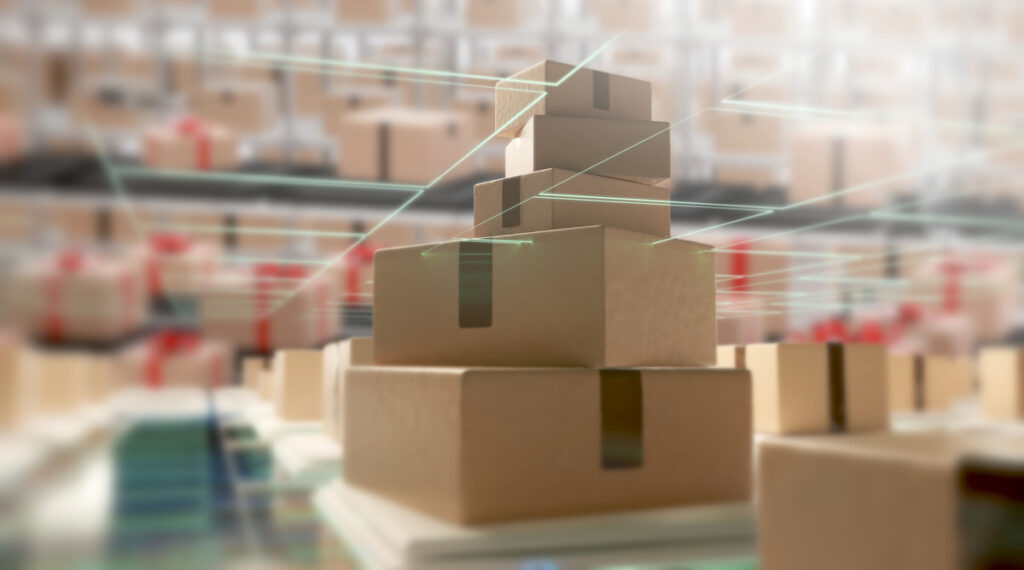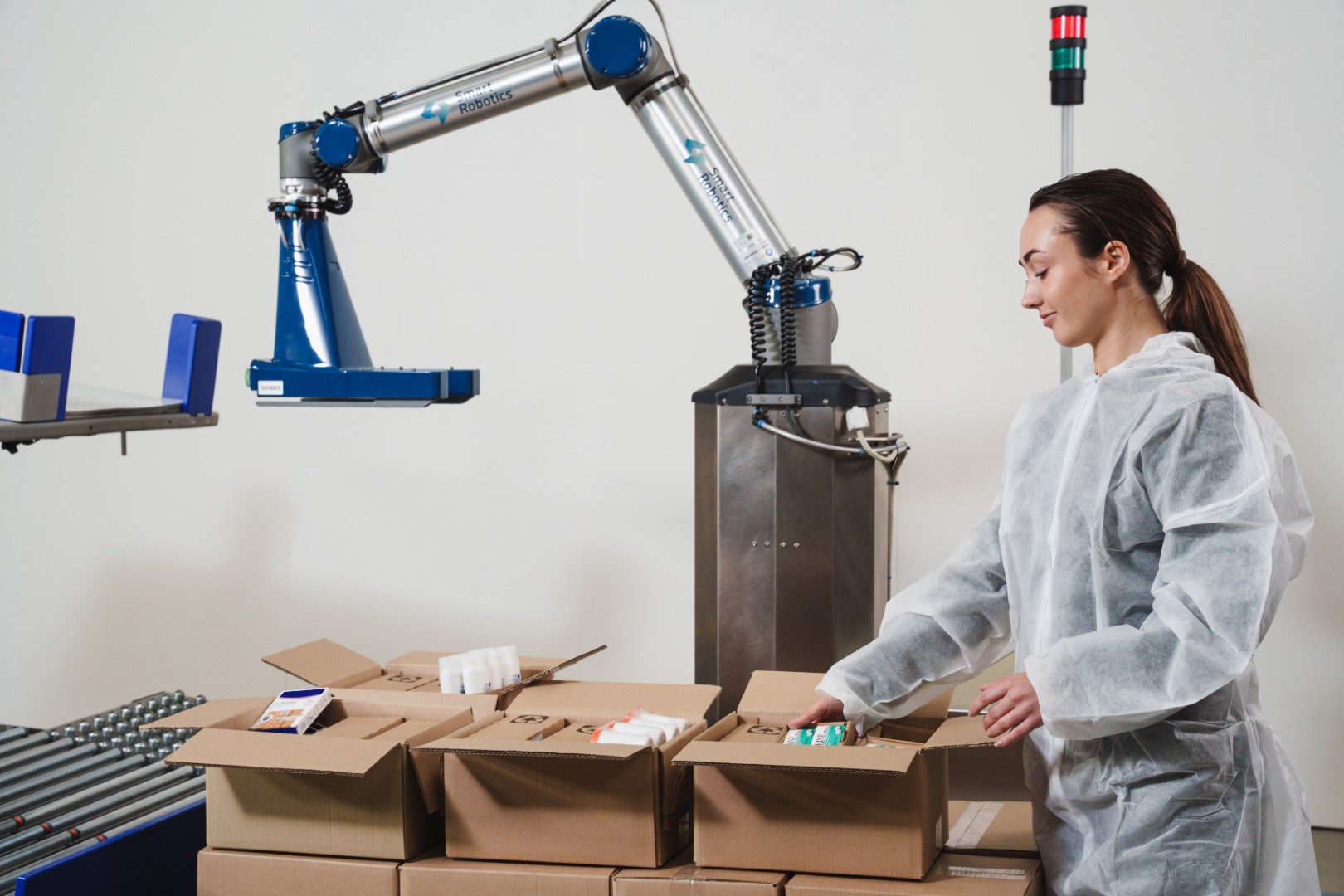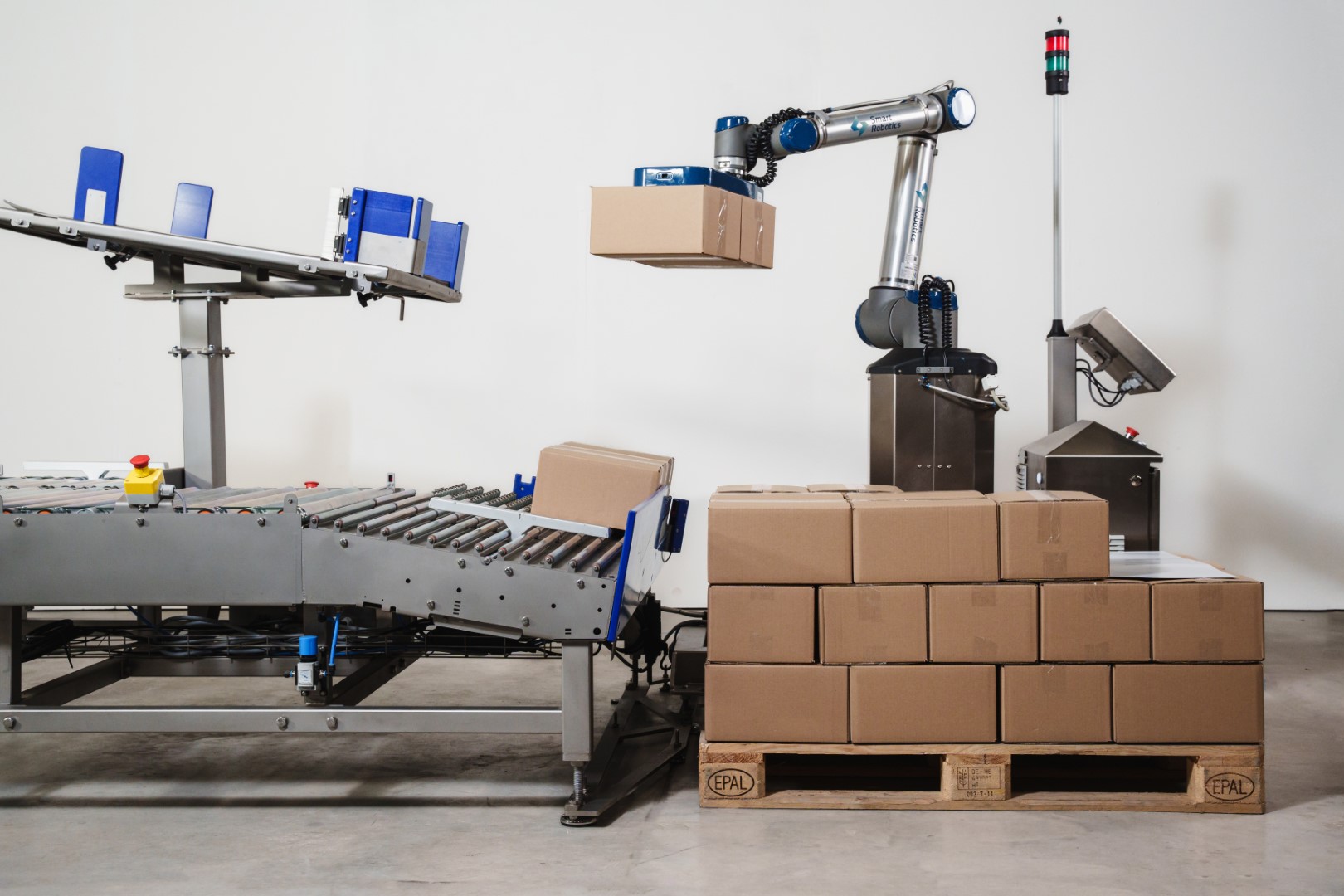Table of contents

Smart Warehousing: How e-commerce influences the future of automated warehouses?
Recent global events has ushered in a new consumer culture of online shopping across the U.S. and whilst the logistics industry has mostly adapted to accommodate the boom in online retail and demand for e-commerce – logistics has experienced multiple roadblocks in adapting for the future. However, with new technologies becoming more freely available, smart warehousing is a viable option for logistics to keep pace with demand from the ecommerce industry.
The U.S. Census Bureau of the Department of Commerce set the estimate of U.S. e-commerce sales for the second quarter of 2022, adjusted for seasonal variation, but not for price changes, at USD 257.3 billion – an increase of 2.7% from the first quarter of 2022. However, despite the industry’s exponential growth – the warehouse sector is quite late to automation and is now looking at a rapid transition to modern processes – in a bid to ensure the smooth flow of operations across logistics for e-commerce. If transformation in logistics is not taken seriously, the growth of e-commerce could result in a host of ongoing challenges for logistics to manage capacity and demand.
As reported by Notified, “…the global Warehouse Automation Market accounted for USD 18,937 Million in 2021 and is estimated to reach USD 64,639 Million by 2030, with a significant CAGR of 14.8% from 2022 to 2030.”. These statistics indicate that transformation is greatly needed since the efficiency of piece picking in warehouses plays a key role in creating a frictionless course of the logistics to follow.
The surge in demand for e-commerce warehouse and distribution services also raised the question to which extent the persisting labour shortage in logistics would impact effective supply chain management. Whilst keeping up with consumer demand became a greater priority than ever before, the influx of online shoppers led to serious pain points of transformation within warehouse automation.
Parcel sorting and distribution plays an integral role in efficient service delivery. In preparation for a future where e-commerce reigns supreme – logistics had to reshuffle existing processing and delivery systems to get goods out on time and deliver on the increasingly high expectations of consumers.
That being said, smart warehousing is taking root. Smart warehousing refers to the instalment of robots, cobots and computerised systems in warehouses to complete common warehouse operations which were previously performed by people. Not only does smart warehousing allow for greater capacity and efficiency in the warehouse, the labour shortage is largely mitigated.
The shift towards smart warehousing
We’ve experienced a surging adoption of automated processes across the warehousing sector. One driver hereof is the inability of human capacity to keep up with small batch order sorting. The vast amount of parcels entering and exiting warehouses each day, let alone the ever growing e-commerce sales, makes relying on human performance impractical in terms of system efficiency. This has had its share of influence in the shit towards smart warehousing:
-
The adoption of Cobots
A “cobot” is a smaller, safe to be around, robot. The term “cobot” is short for “collaborative robot”. In warehouses, cobots don’t need to be fenced off, or be isolated from human contact – as with traditional industrial machinery, and people can directly interact with the cobot. Cobots are designed with the intention to engage in a shared space, integrating in environments where robots and people operate in close proximity. In a bid to increase efficiency, optimise speed and to reduce errors, cobots were developed to fulfil activities such as picking, packing, and palletizing.
-
Assistance from robotic solutions
Automated picking and sorting designs can commonly be seen in the shape of robotic arms that can handle parcels with the same motions as people, but in greater capacity and with more accuracy. The human labour element is removed from item sorting and stacking, leading to less injuries and faster processing. Robotised help also enables faster return on investment, since processing rates are much greater than what human performance allows for.
Take note, if e-commerce wants to increase productivity and harness the full potential of automation in the warehouse – a clear end-to-end strategy is needed. This will ensure a frictionless experience across the multiple activities involved in the logistics process.
-
Small batch order sorting
Warehouses no longer exist to process bulk orders, with the shift to automation and robotics – orders can now be processed in small batches more easily. Single item processing is also made more economical. Small batch order sorting can partially be credited to e-commerce promising a convenient shopping experience to their customers.
Picking, sorting and shipping items in small volumes from warehouses to their next destination requires meticulous planning to get right – due to the sheer volume of packages entering and leaving the warehouse. Warehouse solutions, such as automated item pick and place, is therefore a valuable investment to make in ensuring warehouse inventory and mobility can manage the volumes and frequencies against which small batch sorting is conducted.
How automation is reshaping the warehousing sector
Despite the roadblocks, automation in warehouses has a positive spillover effect. A combination of just a few pieces of smart technology can greatly improve productivity, resource usage and eliminate human error. Yet, a certain level of human oversight is needed to ensure that smart systems operate as they should.
The benefit of automation is that it could allow warehouse employees to focus their attention towards higher-priority tasks, instead of spending energy on physically straining and repetitive tasks, such as parcel picking. However, with intelligent designs in robotics becoming more sophisticated, the future of robotics in the warehouse could very possibly be autonomous.
In conclusion, America’s reliance on e-commerce to deliver frictionless order and delivery experiences has created the fast growing demand for greater capacity and faster responses in warehouses. In due diligence, the warehousing sector needs to optimise to meet the standards of smarter warehouses – so as to keep up with an ever growing industry.
Author Bio
Smart Robotics Founder and CEO, Heico Sandee, holds a PhD degree and previously acted as program manager for robotics at Eindhoven University of Technology. With more than 15 years of experience in robotics development, Heico now leads Smart Robotics in developing intelligent, robot-independent software for flexible deployment of automated solutions.
Download our free white paper
Learn how to implement the ideal pick & place robot in your warehouse. Leave your contact details and receive a download link to our free whitepaper.






